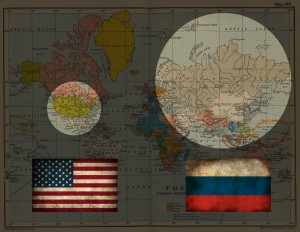From the radiation of its food to the radiation of its rivers, Russia has built itself into a competitive nuclear power through a tumultuous history of trial and error.[1] Much of the initial funding for Soviet nuclear energy came in an effort to match the United States’ atomic project. But, after developing “the bomb”, nuclear resources in the USSR were applied to a number of areas. These often gave poor results. From such failures, modern Russia has striven to provide a nuclear industry that is safe, clean, and sustainable. In fact, the head of Rosatom’s used fuel management has set a goal of 100% efficiency in the company’s fuel cycle; where all spent fuel is reprocessed into the system — no waste.[4] To understand these, at first, outlandish expectations, we should consider the damages and adaptations that the industry has incurred since its inception in the 1940s.
In the earliest days of the Soviet nuclear industry, one of the most practiced efforts was the irradiation of food. This gave food stuffs a much longer shelf life and they exhibited fewer incidents of contamination due to bacteria or spoiling. But, this also exposed many citizens to harmful levels of radiation after sustained consumption.
In an effort to appease the growing “green movements” in the Soviet Union, Stalin once pursued an aggressive hydro-electric policy. To map the currents in possible rivers, the Soviets had opted to use radioactive isotopes instead of foreign nutrients. These isotopes gave far more accurate readings than the nutrients which would dissolve more quickly in the water. Unfortunately, these tests also irradiated the sites on which they were conducted.



